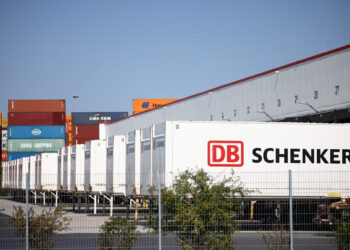FedEx and Boeing reported to be considering a 767-400 Freighter
A freighter version of the 767-400? Rumors from several sources indicate that FedEx is in discussions with Boeing regarding a freighter variant of the 767-400ER, presumably as a replacement for the 58 MD-10-10Fs and 17 MD-10-30Fs it now operates. The key characteristics of a potential 767-400F that would make it attractive to FedEx are:
- Cargo volume: A production freighter variant of the 767-400 would likely offer 28 main-deck pallet positions. This is four more than the 767-300F, and provides more usable volume than the MD-10Fs.
- Operating economics: As a new production freighter with just two engines, a 767-400F would obviously be much cheaper to operate than the older, three-engine MD-10s – an advantage that will only increase as the price of oil climbs.
- Crew commonality with FedEx’s growing 757-200F fleet.
Developing a new-build 767-400F could also make sense for Boeing. Obviously, if the project goes ahead, FedEx would likely order 70 or more units – a significant number in itself – and of course there is the possibility of orders from other customers. But don’t forget that Boeing just won a US Air Force contract to build 179 refueling tankers based on a 767 platform. A significant 767-400F order would help the manufacturer bridge between the end of 767 commercial production (it has a backlog of just 49 orders now) and the beginning of serial production of the tanker – something that may be more important than many observers realize.
And what sort of freighter will the 767-400 be? Compared to the more popular -300 model, the 767-400 offered a longer fuselage, aerodynamic improvements including raked wing tips, and increased takeoff weight. Fully loaded, the 767-400F is expected to have similar range capability to the 767-300F, adequate for trans-continental and trans-Atlantic operation.
Only thirty-seven 767-400s were built for commercial use, and all are still in operation, with 21 at Delta, and 16 at Continental.




